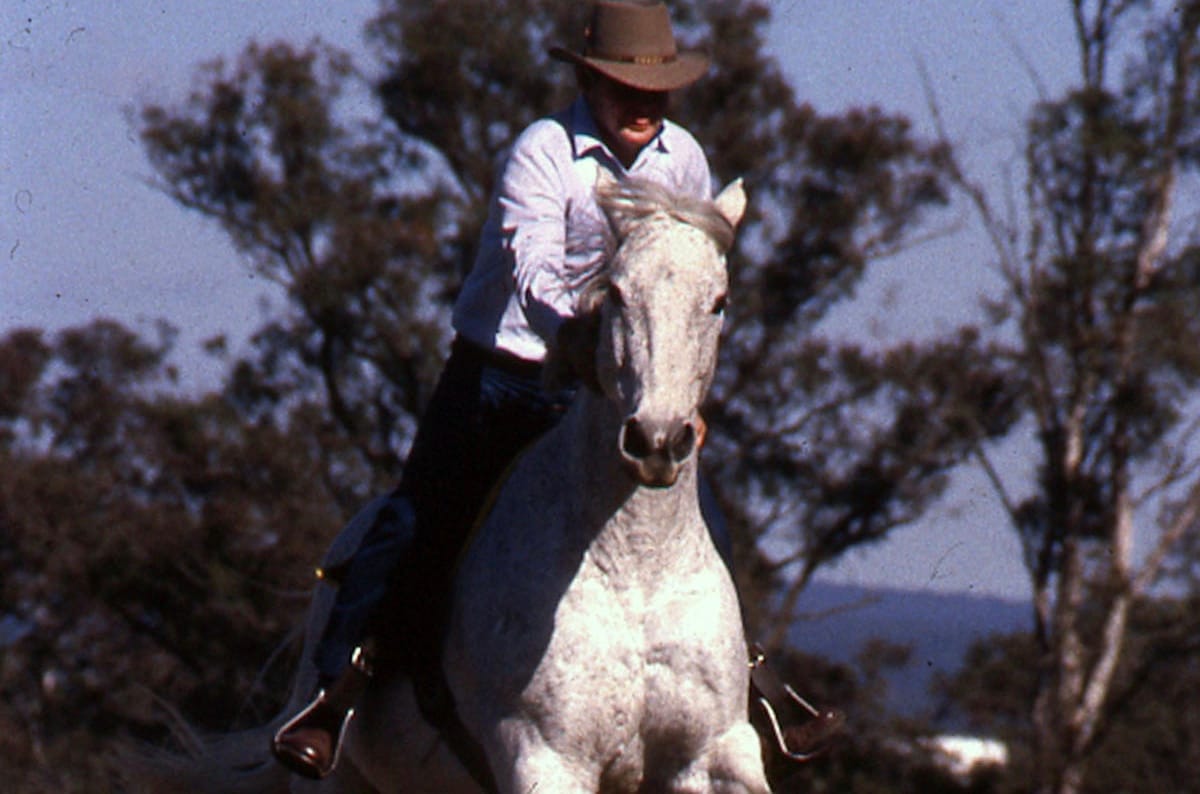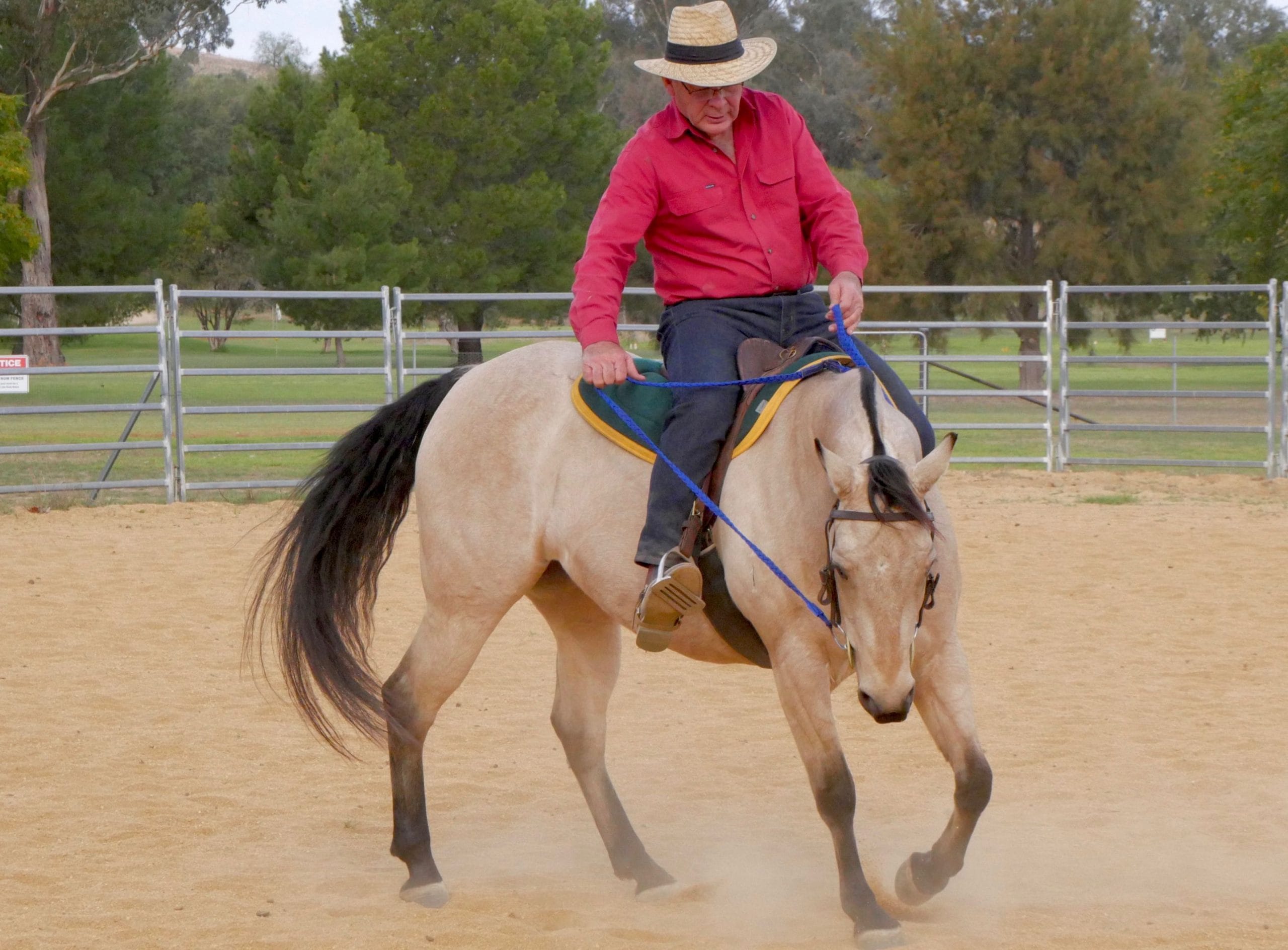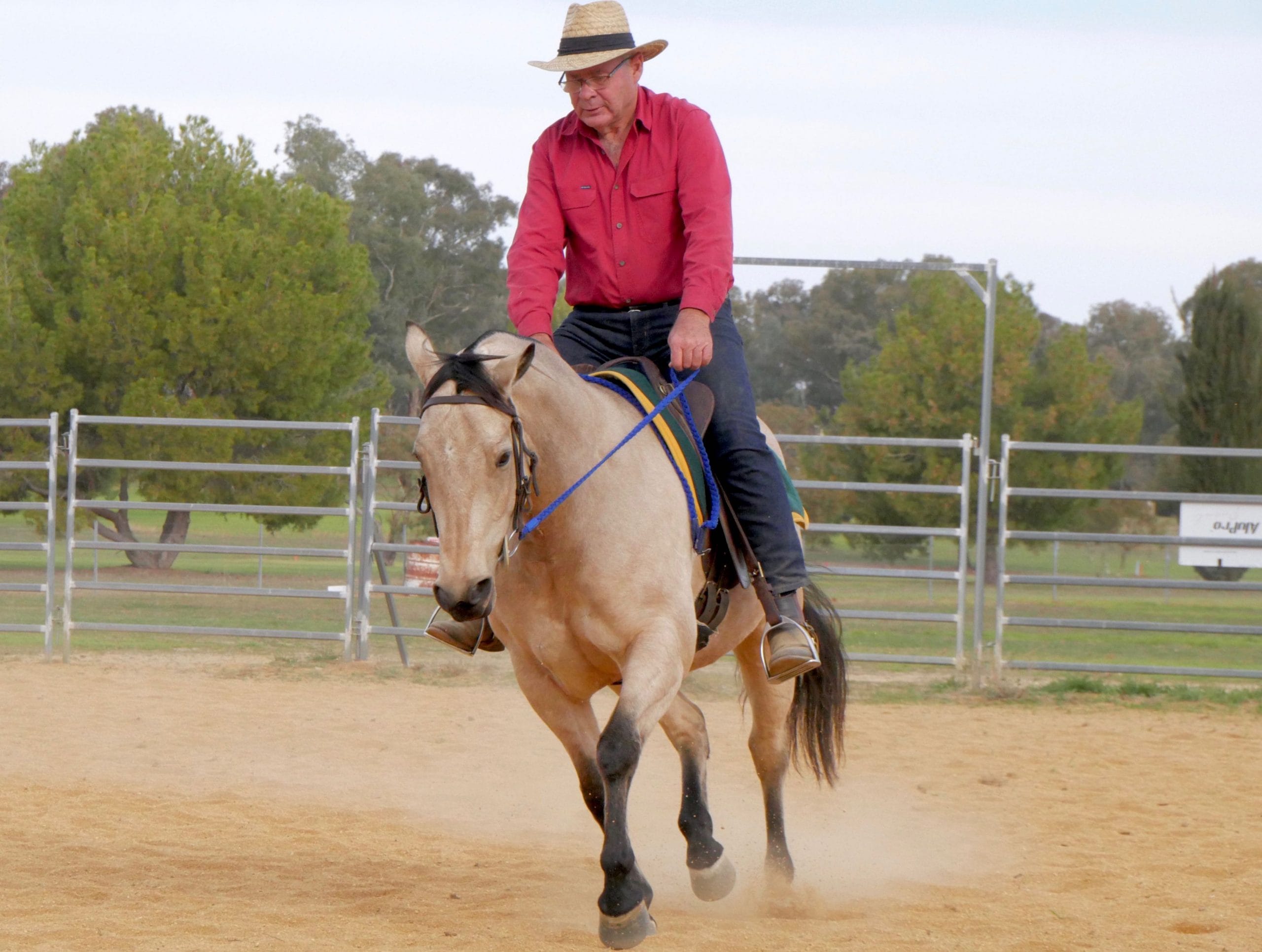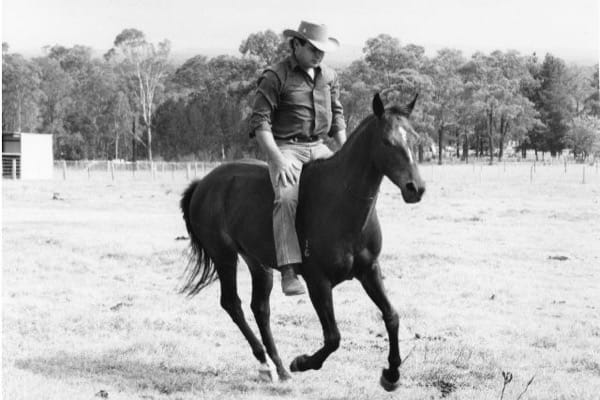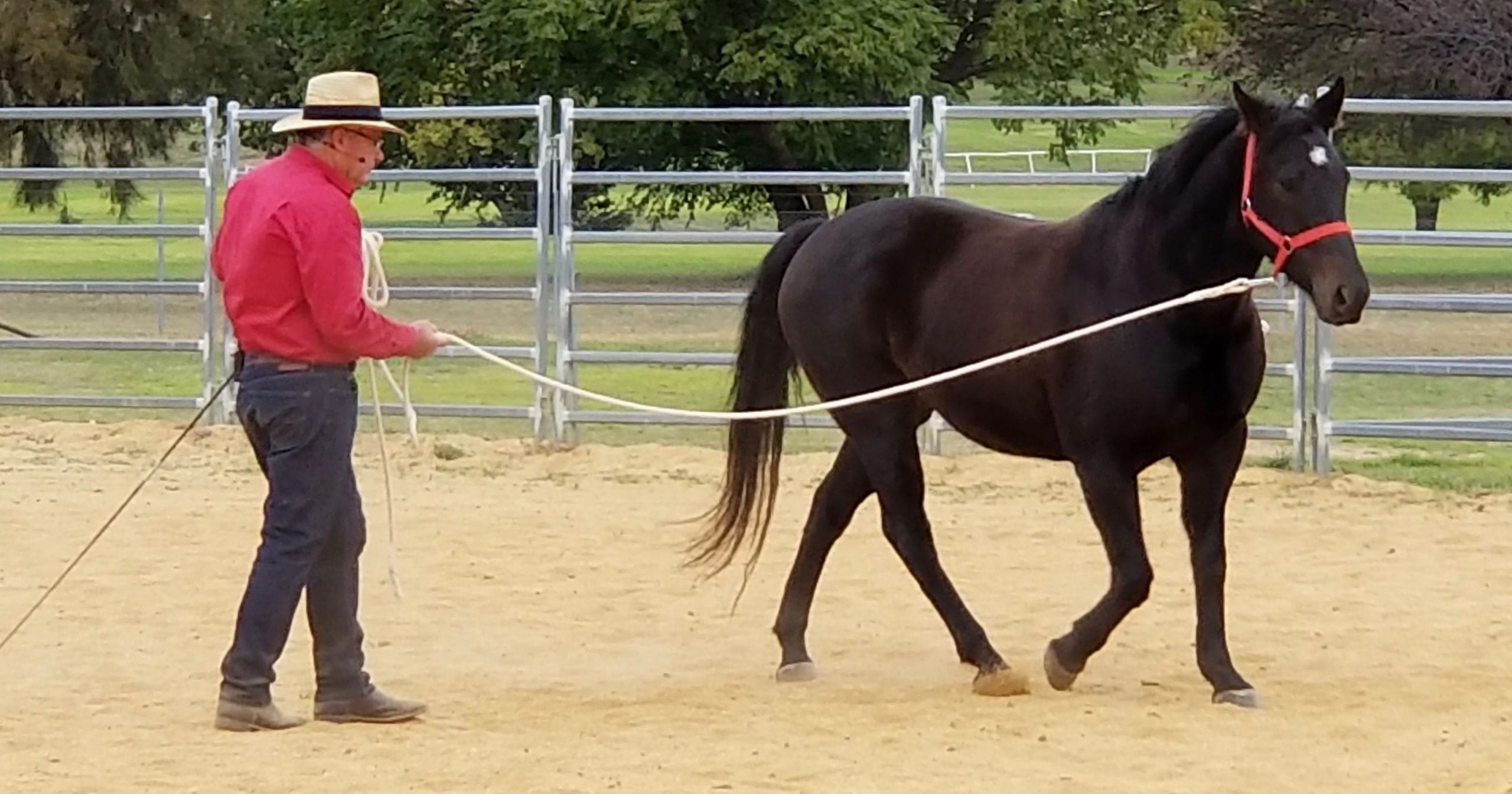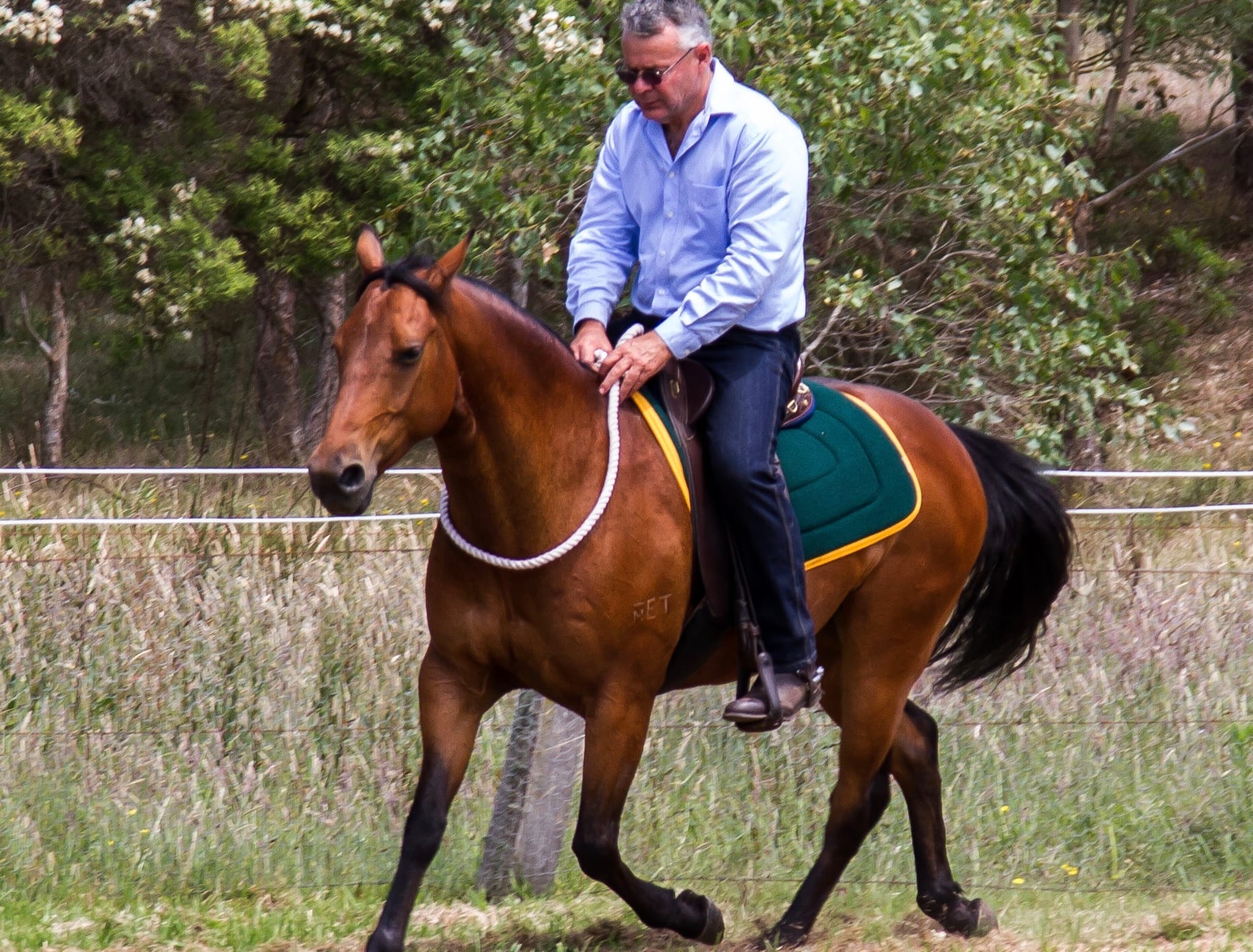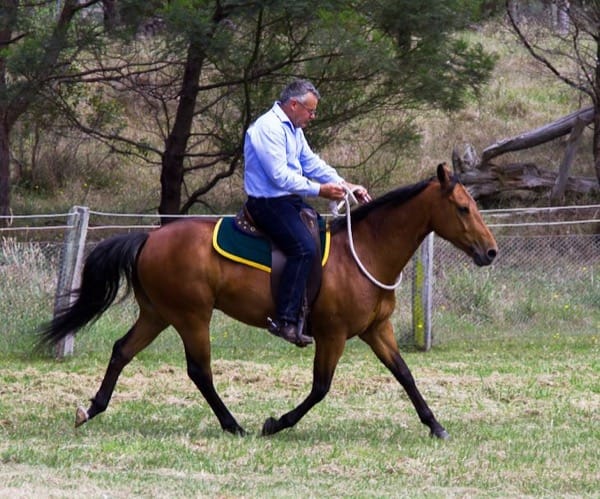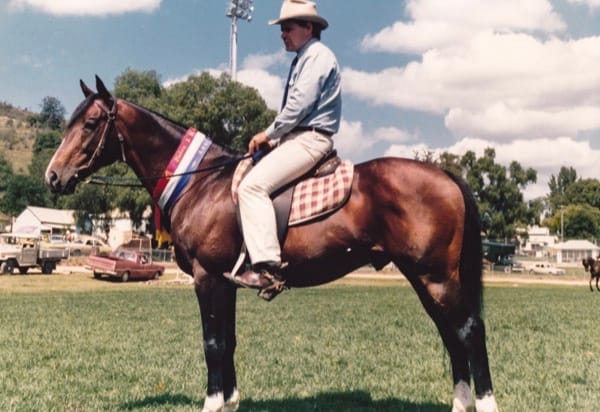Always aim for perfection but be happy with improvement
At every stage of every horse’s education, you should always aim to improve. Even if you’re walking a circle, aim for a ‘perfect’ circle – where the horse walks the exact track you ask, at the exact speed you ask, with the exact bend you ask. This may sound easy but it’s actually very difficult. … Read more

